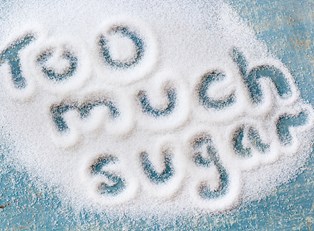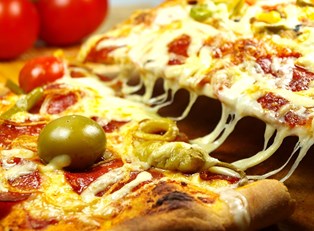Editor's note: The name of this article's special contributor has been withheld to protect medical information. We greatly appreciate this submission.
If you've recently been diagnosed with gluten sensitivity or Celiac disease, you may be thinking, "This feels like a death sentence." I know the feeling of realizing that you can no longer enjoy foods you've always loved.
After multiple trips to the doctor due to unceasing gastrointestinal issues, I was told to cut gluten and lactose out of my diet for four weeks then slowly introduce each separately into my diet. Lactose caused no issues, but when I ingested bread, pasta, beer, or various processed foods that contained gluten, my symptoms returned discernably. Now I’m on to living a gluten-free life and feeling great.
I've learned how to survive this radical dietary change, and I’m hoping that the following tips help you though your own gluten-free journey.
Learn to love "gluten-free."
One of the most overwhelming feelings after a gluten-related diagnosis is realizing how many foods contain gluten. Various processed foods, anything with wheat flour, barley and malt, rye, and triticale are all off the table. I really struggled with this—what was I going to eat? More importantly as chef of the house, what was I going to cook that my entire family could enjoy? Although beans, seeds, nuts, eggs, fresh meats, fresh fruits and vegetables, and most dairy products are naturally gluten free, I wasn’t sure what I could prepare to keep everyone happy. I quickly became overwhelmed.
After a lot of reading, the stormy picture I’d painted for myself abated to blue skies. The raised awareness of gluten sensitivities and Celiac disease have created a market rich with gluten-free products ripe for eating. In fact, many manufacturers have moved quickly to ensure their gluten-free products are labeled as such. For products that aren’t gluten-free, companies have created alternatives. Many grocery stores now carry various types of gluten-free products that include pastas, cookies, flours, breads, and soups. Armed with this knowledge and a handful of gluten-free recipes, I conquered the grocery store—and you can too.
Do your restaurant research.
This was one of the more difficult things to do, but the simple truth is that I needed to know if a restaurant I was going to had gluten-free options or menu items I could craft without gluten. This requires doing some research beforehand—looking online or making a call—but it was the only way I could ease my anxiety about not finding something to eat. Many restaurants today offer a gluten-free menu selection or can make gluten-free accommodations at your request. Fast food can be a bit more complicated, but again doing some research will quell any questions or anxieties.
Drink responsibly.
NO BEER—ARE YOU KIDDING ME? As most beer is made using grains such as wheat, barley, or rye, it’s off the list for consumption. There is, however, a growing market of gluten-free beer, and I find most to be tasty. There are plenty of alternatives if you’re not a beer drinker—most hard ciders and wines are naturally gluten-free. If you like hard distilled liquors, check the label or do some research before consuming to ensure no gluten ingredients were added after distillation. Avoid malt beverages.
Take your vitamins (and fiber).
Many products that contain gluten are also sources of fiber, vitamins, and other essential nutrients. I've learned to identify and supplement the dietary needs I no longer receive through the glutenous foods. In most cases, gluten-free adult multivitamins and fiber supplements are all that are needed to keep your body in the balance. A word to the wise: Be careful when you take fiber supplements. Start at a low dose and slowly up your fiber intake to prevent the possibility of gastrointestinal discomfort.
Like our blog posts? Read more from Alot.




